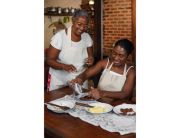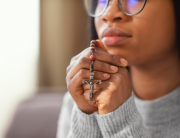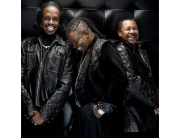The COVID-19 pandemic spread to Hawaii in March 2020.As of September 27, 2020, there have been 12,116 cases of COVID-19 in Hawaii. 132 people have died from the disease and 816 people have required hospitalization. 10,155 persons have recovered.Also as of September 25, 289,967 COVID-19 tests were conducted by clinical and state laboratories in Hawaii, of which 11,891 returned positive, a rate of 4.1%.
On March 19 at noon, new positive results were announced for eight individuals on Oʻahu and two individuals on Maui. On March 20, 11 new cases were confirmed, bringing the total number of cases in Hawaii to 37. These cases include the first two instances of community transmission. On March 21, 11 new cases were confirmed, bringing the total number of cases in Hawaii to 48. The following day on March 22, 8 more cases were announced.Hawaii has consistently maintained low numbers of cases throughout the pandemic. On August 13, 2020, an outbreak of 86 new cases occurred at the Oahu Community Correctional Center.
By September 3, Hawaii exceeded 9,000 cumulative cases of the COVID-19.Starting in late August, an outbreak occurred at the Yukio Okutsu State Veterans Home in Hilo. By September 11, 10 coronavirus patients died there. Senator Brian Schatz demanded answers from the company that ran the place. The worsening situation prompted government officials to review the outbreak. The end result was a change in management.March 19: the Hawaii Department of Transportation stated that passengers from cruise ships would not be allowed to disembark in Hawaii.The same day, Honolulu City Mayor Kirk Caldwell announced efforts to curb the spread of the virus, including the closures of parks and a 15-day ban on dining in, at restaurants and bars. However, it was also announced that there were no plans to put a curfew in place.Similar measures were announced by Mayor Michael Victorino for Maui County, effective from March 20 until May 3.
Also on March 19, Hawaii House Speaker Scott Saiki called on the governor to institute an immediate statewide shutdown for 15 days, requiring people to shelter in their homes or hotel rooms, to quarantine all travelers from outside Hawai`i for 15 days, prohibit all non-essential inter-island and out-of-state travel, and close all public and private schools and daycare centers.March 21: Governor Ige mandated a 14-day quarantine for all visitors and residents returning to Hawai`i. Ige resisted calls for a shelter-in-place order, saying: “it is really appropriate when there is widespread community spread of the virusAll residents and visitors are required to complete and sign a form denoting their acceptance of the 14-day quarantine. According to the Governor’s office, passengers will not be allowed to enter Hawaii without signing the form.
Bloomberg News has reported that “roughly 20 people” have been arrested or issued citations for violating the 14-day quarantine. On April 6, 2020, the Hawaii Tourism Authority asked media organizations to “refrain from publishing any stories about Hawaii that might encourage people to travel to the islands.”As of May 21, 2020, the Hawaii Department of Business, Economic Development, and Tourism reported that air traffic to the state had decreased by 98% from the previous year. Hawaii is among America’s worst states for COVID racial disparity. Despite Pacific Islanders (excluding Native Hawaiians) making up 4% of Hawaii’s population, they made up 25% of all of its cases in early July.According to Dr. Sarah Park, this is largely due to social disparities that Pacific Islanders also face.







Add Comment
You must be logged in to post a comment.